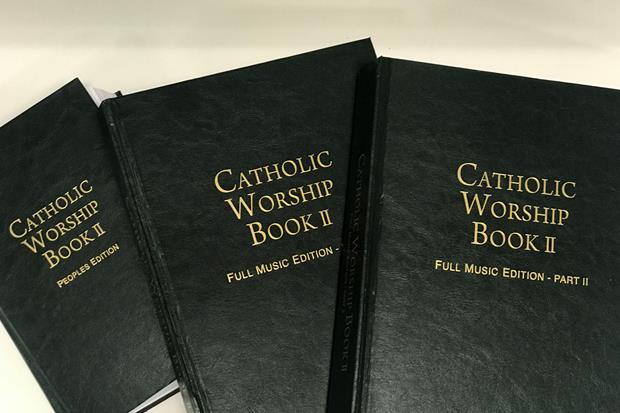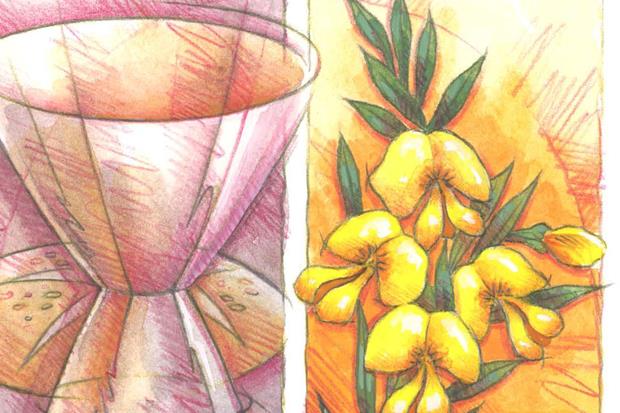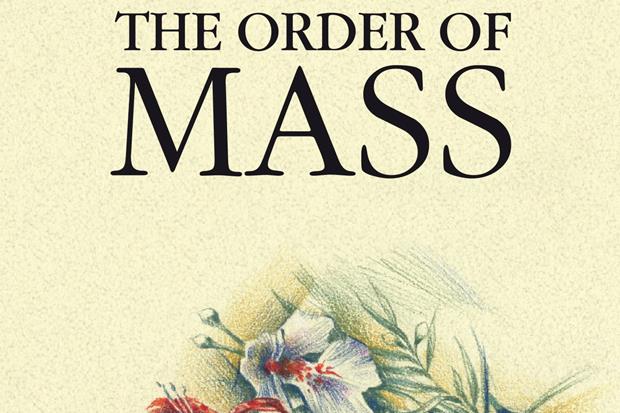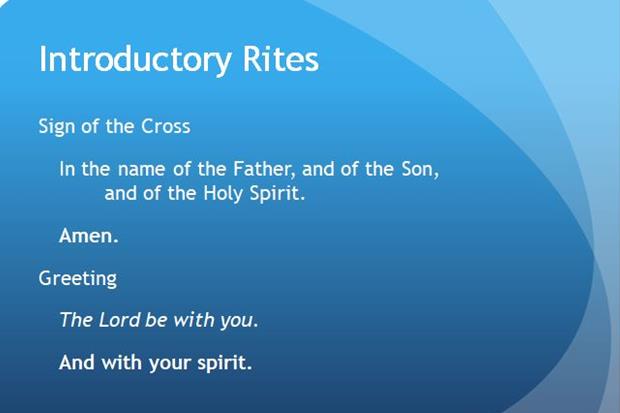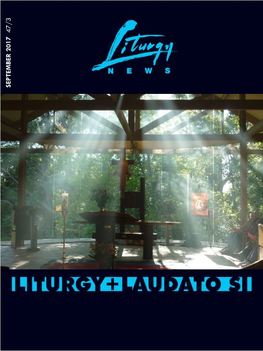|
In this edition:
|
Welcome to this fortnight's edition of LITed: Liturgical Education News.
For many of us, it is hard to imagine liturgy without having access to a data projector. This technology is now considered by some as integral to the way we celebrate on a Sunday. Access to a projector is often considered mandatory at funerals and weddings. In this fortnight's LITed, we explore best practice when it comes to using data projectors and ask, do we actually need them? James Robinson Education Officer, Liturgy Brisbane |
Feature Articles:
Do we need a data projector at Mass?We are never going to learn the 'new' responses for Mass if we keep on reading them. We need to work on building our collective capacity.
|
Catholic Worship Book II online?There are a number of very good reasons to consider using CWBII. Most importantly, it contains excellent liturgical music.
|
Sad FuneralsRead Fr Tom Elich's recent editorial in Liturgy News, 'Sad Funerals'. He reminds us that funerals are more than a collection of photos and stories.
|
"I thank God that many families, which are far from considering themselves perfect, live in love, fulfil their calling and keep moving forward, even if they fall many times along the way. The Synod’s reflections show us that there is no stereotype of the ideal family, but rather a challenging mosaic made up of many different realities, with all their joys, hopes and problems.”
Pope Francis, Amoris Laetitia #57
Recommended Resources
Daily Mass BookThe Daily Mass Book runs from Advent to Advent. Compact and economical, its 600 pages are printed in two colours throughout and its layout is very easy to follow. It contains all the texts for Sunday and weekday Mass. No need for a data projector when you have one of these!
|
The Order of the MassThis resource contains all the responses for Sunday and Weekday Masses. Recommended for children in schools, for catechumens and visitors to the church. This booklet contains the Order of Mass with all Eucharistic Prayers as well as the solemn blessings and Rite for Sprinkling Water.
|
Power point of the structure of the MassThis free download is available from the Ossory, Ireland Diocese's website. It contains all of the responses using a very plain background. A reasonable start if you require a template to use for your Sunday liturgy. Clicking 'find out more' will begin the download.
|
|
|
The Purpose of LiturgyThis 8-minute clip quickly and reasonably defines key terms that liturgists use every day: 'ritual', 'liturgy', 'Eucharist'. The presenter uses an alternative to Powerpoint called, 'Prezi'. Prezi is a web-based application for presentations. There is a charge for the pro-version (remember, it costs to use Powerpoint too!) The content of the video is recommended, but it is worth watching to see how Prezi works. You see the whole palette (imagine all your slides laid out on a table). The speaker zooms into parts of the palette as he makes each point. Used carefully, it can be a dynamic and interesting change from death-by-Powerpoint!
|
Headlines from other publications
Liturgy Lines by Elizabeth Harrington
|
Parts of the Mass: The Eucharistic Prayer
The Eucharistic Prayer is the centre and summit of the Mass. Its origins are to be found in the blessing prayer (berakah) of the Jewish Passover meal. At the last supper, Jesus added to this traditional prayer the words ‘This is my body’, ‘This is my blood’. Over time, the prayer was gradually altered and simplified. The following elements are always included, thought the order may vary:
|
|
- offering in which the entire Church and this assembly offer Christ and themselves to God in union with Christ;
- second invocation of the Spirit, this time on those gathered that they may become ‘one body, one spirit in Christ’;
- intercessions for the Church and the world, the living and the dead;
- final doxology (‘through him, and with him, and in him, ….’), the prayer of praise in which the celebrant sums up and concludes the thanksgiving offered to God.
The technical term for the commemoration of the passion, resurrection, and ascension of Christ which is part of every Eucharistic Prayer is the Greek word anamnesis. It sounds like the word ‘amnesia’ and it does in fact come from the same derivation. When you suffer from amnesia, you lose your memory. So an-amnesis means not to lose your memory, or not to forget.
When we celebrate Mass, we gather to hear our foundational story so that we will not forget it. It is not, however, a nostalgia trip back to the past like telling school-day stories at a class reunion. By calling to mind the events of the Paschal Mystery – Christ’s life, death and resurrection, we bring these past events into the present so that we become part of the story and participate in it.
Liturgy NewsIn the September issue:
|
Contact Us |
Images used under Creative Commons Attribution 2.0. Full terms at http://creativecommons.org/licenses/by/2.0.
Other images from Unsplash. 2017. Used under license. Full terms and conditions.
Other images from Unsplash. 2017. Used under license. Full terms and conditions.



